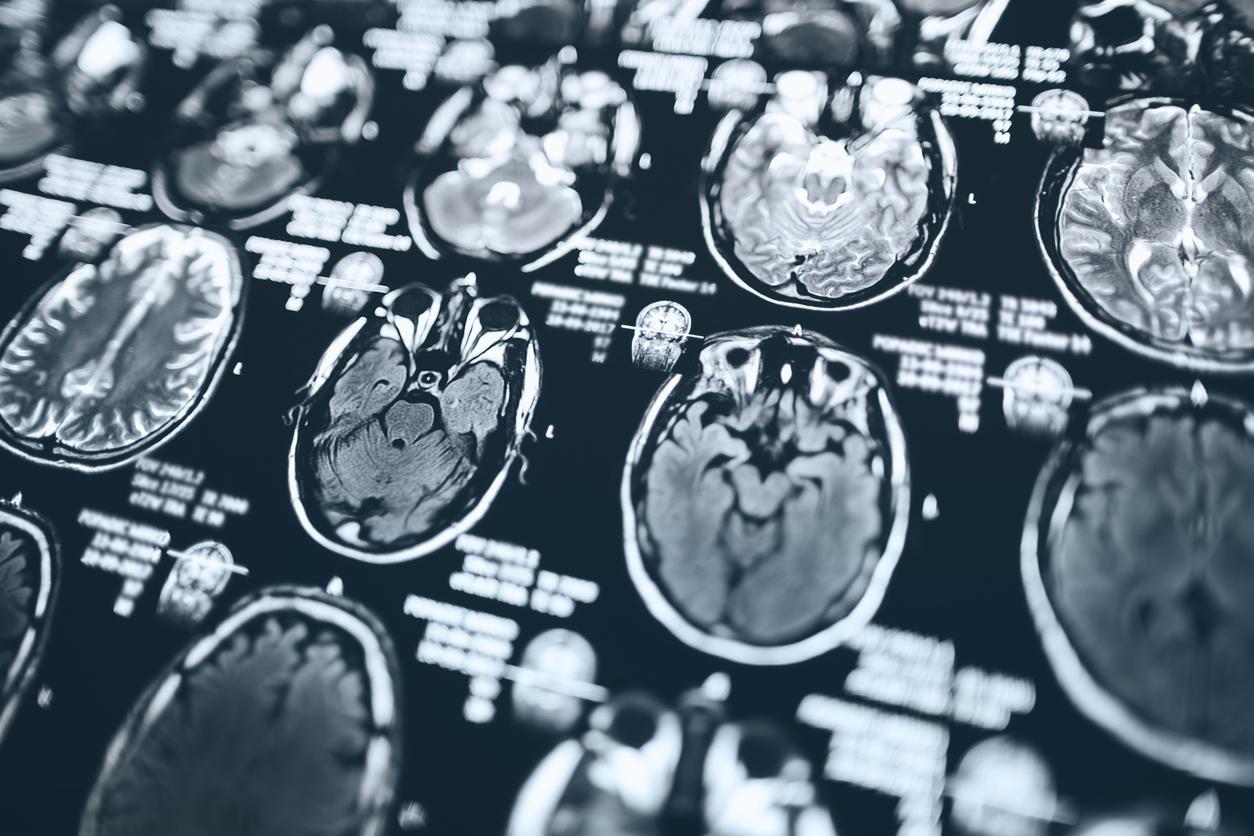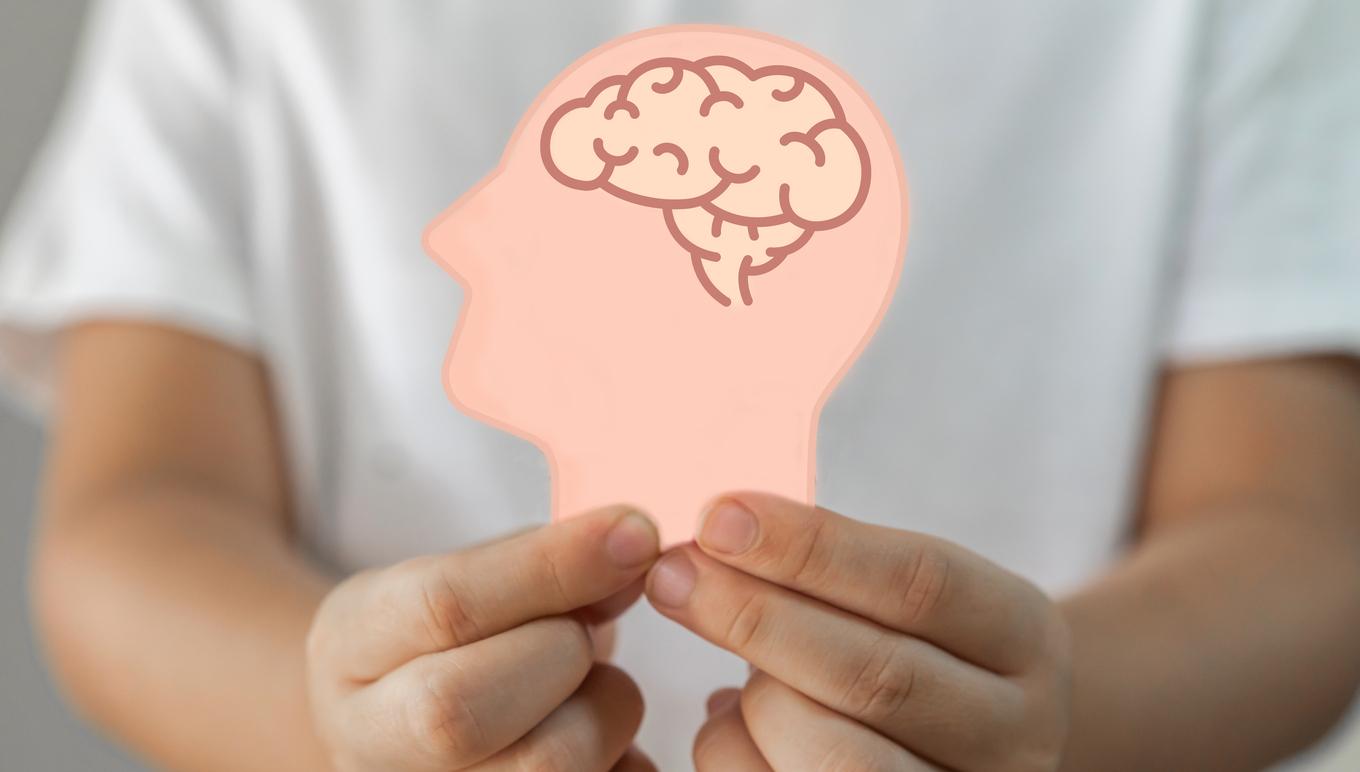A new treatment to combat narcolepsy has shown encouraging results with a clear reduction in symptoms.

- A study announces encouraging results in the treatment of narcolepsy, a rare chronic neurological disease affecting 1 in 2,500 people.
- Narcolepsy is characterized by sudden, uncontrollable bouts of daytime sleepiness.
- The disease mainly begins in children, adolescents or young adults.
Researchers from the Reference Center for rare narcolepsy and hypersomnia in Montpellier conducted a study on a promising treatment for narcolepsy. The results have been very satisfactory, with patients feeling cured for the first time. The characteristic symptoms of the disease, such as bouts of excessive daytime sleepiness and episodes of cataplexy, were significantly reduced.
The clinical trial had to be stopped quite quickly due to hepatotoxic side effects. However, these encouraging results pave the way for a new era of treatment for narcoleptics and present “ a real hope of healing for these people who struggle to stay awake » according to INSERM. A new agonist, currently in development, has fewer side effects and could offer a safe and effective alternative for the treatment of the disease.
Understanding Narcolepsy
Narcolepsy is a rare chronic neurological disease that affects approximately one in 2,500 people. It is characterized by sudden, uncontrollable bouts of excessive daytime sleepiness, even after a normal night’s sleep. Sufferers can fall asleep at any time of the day, which can be extremely dangerous, especially when driving or engaging in potentially dangerous activities.
In addition to bouts of daytime sleepiness, it can also cause symptoms such as cataplexy, sudden episodes of loss of muscle tone, as well as hallucinations when falling asleep or waking up. Research suggests that an autoimmune origin is strongly suspected in narcolepsy type 1, the most common form of the disease. This condition is caused by the loss or impairment of orexin neurons in the hypothalamus that play an essential role in the initiation and maintenance of wakefulness.
Hope for a safe and effective treatment for narcoleptics
Researchers are currently working on developing a new agonist that has fewer side effects, hoping to provide a safe and effective treatment for narcolepsy patients in the future. This promising advancement marks a major step forward in the field of narcolepsy treatment, offering people suffering from this debilitating disease new hope for improving their quality of life. Narcolepsy is a chronic and complex disease that requires continued attention and efforts to improve the treatment options available to patients.

















